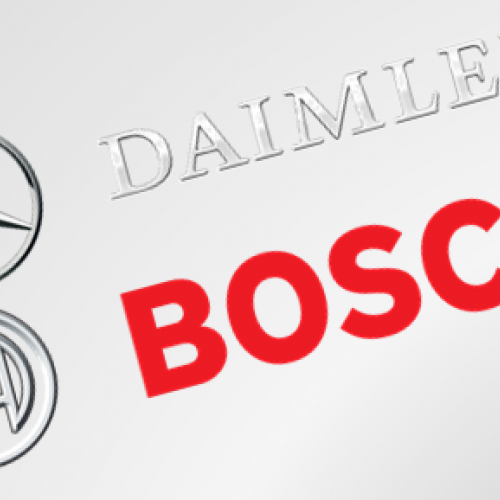Daimler and Bosch will deploy self-driving taxis in California’s Silicon Valley region next year as part of a test program of vehicles designed for city driving. The vehicles will include a safety driver and a steering wheel. Daimler will supply the vehicles and test facilities, while Bosch will provide the many sensors, actuators and control units (built atop the artificial intelligence platform Nvidia DRIVE Pegasus). Using an app-based mobility service operated by Daimler, customers will be offered free rides on selected routes within the city during the pilot.
Technology
Small, autonomous shuttles for downtown transit in the U.S.
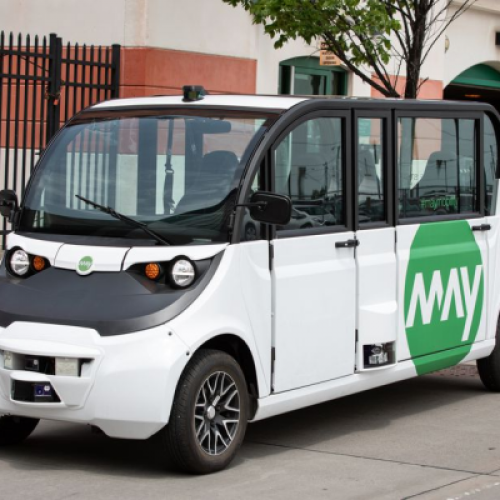
A series of small trials seeks to establish the value of tiny, electric transit. Small, usually electric vehicles with capacity for less than a dozen riders that sometimes operate on fixed routes are already navigating city streets. The technology today can support slow-speed, 15-mile-per-hour, reliable travel in the urban core.
Konzeptauto „4ePerformance“ von Schaeffler : 880 kW
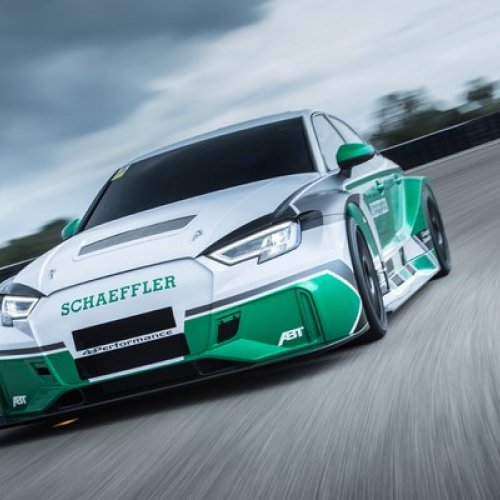
Vier E-Motoren, radselektive Steuerung und eine Beschleunigung von 0-200 km/h in 7 Sekunden, zwei Batterien mit einer Gesamtkapazität von 64 kWh. Das Fahrzeug stellt „ein fahrendes Prüflabor dar“ zur Entwicklung einer physikalischen Fahrzeug- und Reifenmodellierung und Fahrdynamikregelung.
Schweden investiert 111 Mio. US-Dollar in Prüfstand für Elektromobilität

RISE (Research Institutes of Sweden) und die Chalmers University of Technology haben nun mit Unterstützung der schwedischen Regierung mit der Einrichtung eines schwedischen Prüfstands für die Elektromobilität begonnen. Das Labor soll bis 2022 voll einsatzbereit sein. Unter der Bezeichnung Swedish Electric Transport Laboratory (SEEL) soll der Prüfstand für alle Bereiche des elektrifizierten Verkehrs durchführen. Zum Beispiel elektrifizierte Getriebe und Antriebswellen für verschiedene Fahrzeugtypen, Antriebsstrang und Komponentenprüfung für Hybrid- und Elektrofahrzeuge sowie Aufladung und intelligentes Powermanagement.
New hybrid Li-ion/oxygen battery offers high energy and high power
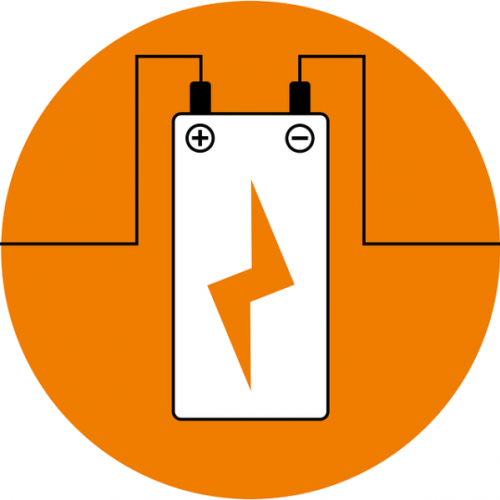
A team at Sichuan University in China is proposing a novel lithium-ion/oxygen hybrid battery system that exploits the advantages and minimizes the disadvantages of both lithium-ion batteries (LIB) and lithium-oxygen batteries (LOB).
Self-Heating and Fast-Charging Climate-Immune Battery

At low temperatures (down to -45°F) the battery self-heats until its internal temperature is above room temperature before switching to charging mode. This allows rapid charging at all temperatures avoiding below-freezing power drain. The self-heating battery withstands 4,500 cycles of 15-minute charging at 32 degrees F with only a 20-percent capacity loss.
Battery recycling
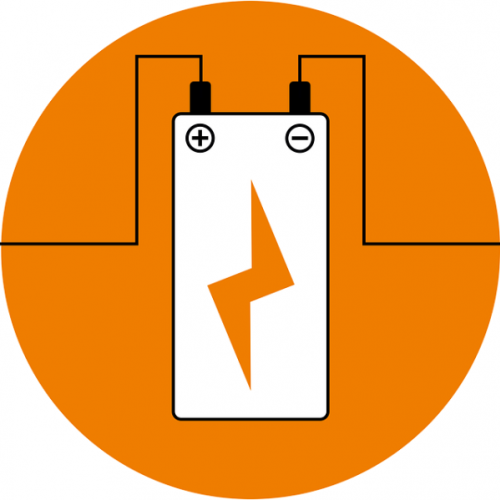
Hi-tech recycling of Li-ion batteries at Redux. Saubermacher and Redux Recycling have installed a battery recycling plant in the German town of Bremerhaven after jointly researching the process over years. The plant is capable of processing all types of lithium-ion batteries and has a capacity of 10,000t a year.
China drafts rules to track electric car battery output. China is about to launch a system to track the production, sale, use and recycling of electric car batteries, aiming at the creation of policies, incentives and recycling capacity to handle spent battery waste, which is set to reach as much as 170,000 tonnes this year.
Mercedes stellt Sprinter F-Cell vor
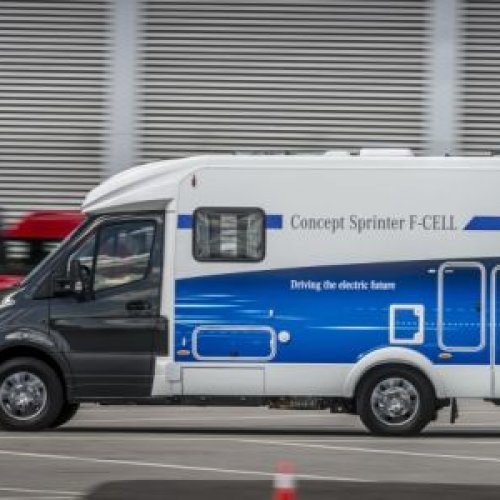
Mercedes-Benz stellt eine Studie namens Sprinter F-Cell vor, die Brennstoffzellen- und Batterietechnik unter ihrer Karosserie vereint. Sowohl ein Transporter mit gewerblichem Einsatzzweck als auch ein Reisemobil sind angedacht.
Leistungsdaten des Sprinter F-Cell:
maximale elektrische Leistung 147 kW, Drehmoment 350 Nm; 3 Tanks im Unterbau des Fahrzeugs für insgesamt 4,5 Kilo Wasserstoff und ein weiterer Tank optional im Heck. Reichweite von 300 bis 500 km aus dem H2-Tank und zusätzliche 30 km aus der Batterie.
Audi und Hyundai planen Kooperation bei Entwicklung der Brennstoffzellen-Technologie

Um die Brennstoffzellen-Technologie voranzutreiben, planen AUDI und Hyundai Motor den wechselseitigen Tausch von Patenten und Zugang zu nicht wettbewerbsrelevanten Bauteilen. Mit der Kooperation wollen die Partner die Großserien-Reife der Brennstoffzelle schneller und effizienter erreichen.
Fuel cell membranes: New solid polymer electrolyte outperforms Nafion

Researchers, led by a team from the University of Pennsylvania, have used a polymer-folding mechanism to develop a new and versatile kind of solid polymer electrolyte (SPE) that currently offers proton conductivity faster than Nafion by a factor of 2, the benchmark for fuel cell membranes.
